I have just started working with SignalR. I have implemented real-time data reflection on my site using signalr. I was getting "Error during Web-Socket handshake: Unexpected response code: 400" error on console with when trying to connect with web-socket.
Application is developed with Asp.net MVC - signalR 2.0.3 and hosted On Windows server 2012 - IIS 8
I found one solution from this link
It says that We need website to point to HTTPS (and avail SSL) then http to work with web-socket. And my Issue resolved too. My doubt is - cant we solve this issue without using HTTPS ? As each website might not require to be hosted on HTTPS (which requires SSL).
